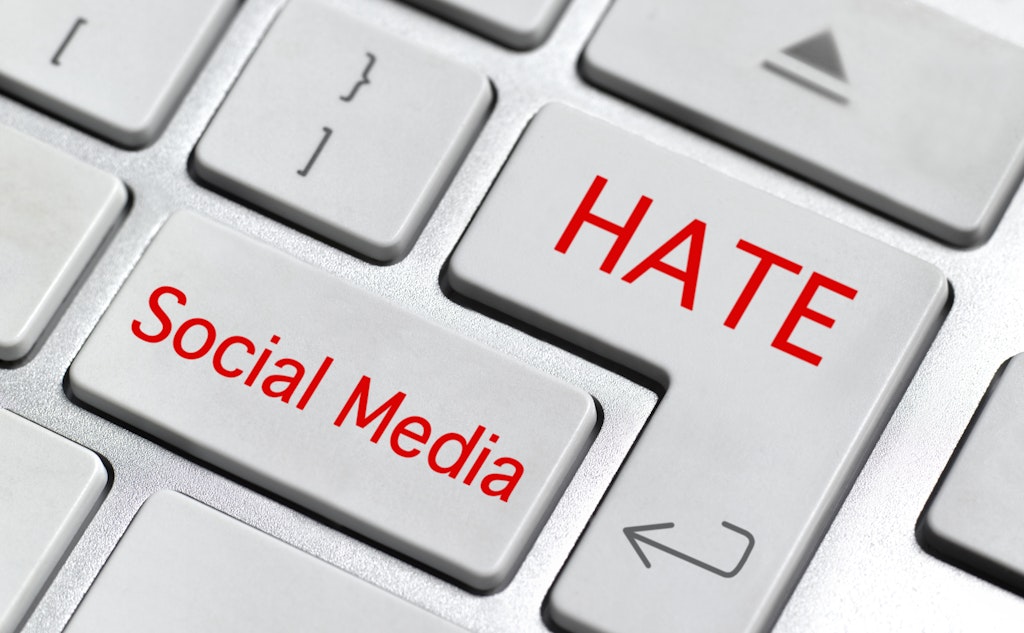Temperature rises in Paris
Paris unlocks but restrictions remain in place to prevent rioting
The second phase of the quarantine déconfinement” process continues apace in France. Though around thirty thousand Frenchmen and women have succumbed to the virus, France seems to be recovering from the epidemic, there are no more “red zones” marked off on the disease containment maps. Travel restrictions on wandering more than a hundred kilometres from one’s home will soon be relaxed. French museums, including the Louvre, are preparing to begin reopening in July along a staggered schedule – the prospect of which we art lovers have been savouring for months now. The gates of city parks in Paris have been flung open, and finding a park bench on which to perch during an arid summer day has become about as onerous as finding the right apartment in the Marais. Though restaurants and cafes are still banned from serving customers inside the premises or at the Zinc bar, terraces have been allowed to reopen on Tuesday after almost almost three months. Which could not have happened soon enough dear reader! The tables that have been brought outside and which now line the sidewalks are packed with men and women who have not been allowed to sit outdoors since the ides of March.
Paris is blooming and flourishing anew, yet the unmistakable strain of agitation in the air has led to the unspooling of the neurotic energy into something else. By the first days of June, the temperature in Paris – in both senses – began to rise steadily. As I walked around the centre of Paris every day over the last weekend as I observed scuffles in the middle of the street, these usually involving the homeless or someone mentally disturbed. A Spanish man and a Kloshar in my street – he was wearing a soiled maroon hued tie – came to blows over a Euro donation, with the Spanish man breaking the Kloshar’s nose in front of me as several virile Frenchmen of Middle Eastern descent valiantly attempted to separate the pair. The Kloshar’s facemask was splattered with his blood and he grasped his nose while howling with pain. Yet, this disturbing imbroglio which I observed would turn out to be merely the prelude.
Many of the minorities marching for racial justice live in the banlieues, the infamously restive suburbs of the French inner cities
Emulating the American demands of the Black Lives Matter protests, an indignant demonstration took place against the police brutality focused on the 2016 death of Adama Traoré. The twenty four year old Frenchman of African descent who had been killed – likely asphyxiated in the same manner that Floyd was- by French police while being held in custody in a Parisians suburb. The twenty thousand strong protest that took place next to the Palais Justice on Tuesday did not fulfill the requirements of social distancing and likely augurs that more discontent is to be expected.
That an internal American phenomenon and social movements such as American Black Lives Matter, continue to influence and inspire popular movements around the world in fact offers a resounding rejoinder to pundit’s recent predictions of the decline of American soft power. Though obviously the colossal scale of American police brutalist is incomparable to the two dozen police killings that take place every year in France. Many of the minorities marching for racial justice live in the banlieues, the infamously restive suburbs of the French inner cities. The residents of which have experienced a combustible confluence during the pandemic consisting of unemployment, hazardous employment in low skilled sectors and the intermittent gig economy along with the stress of life in over crowded housing.
A French journalist friend who is a member of the French elite informed me that “it is no secret that Paris is still largely a “zone orange” [rather than green] because the government doesn’t trust the banlieues to come out of lockdown meekly, so they wanted to slow down the process. The newly published expert opinion on the death of Adama Traoré couldn’t have come at a worse time” she explained that the the net effect on the minority heavy working classes living in the suburbs being that that they widely disrespected the lockdown. She added that “along with the rhetoric of the “the white man’s lockdown”, which has come out of certain sectors along with the police not daring to fine groups of youths in the streets so as to prevent riots -some have spat at them while they were not wearing masks or gloves.”
While the European Union continues to stumble with a perfect lack of grace into its post-pandemic recovery— the details of the proposed large scale Coronavirus Eurobonds are still being debated – the attention of European officialdom has turned to issuing condemnations of the protest related violence that is currently under way in America.
The condemnation has been phrased in ways that are usually reserved for Iraqis or Russians, but on the other hand even Freedom House has opined to “condemn excessive use of force and military interventions in response to protests.”
Last night, the L’Élysée Palace announced the cancellation of the Bastille Day Military Parade.
Enjoying The Critic online? It's even better in print
Try five issues of Britain’s most civilised magazine for £10
Subscribe














